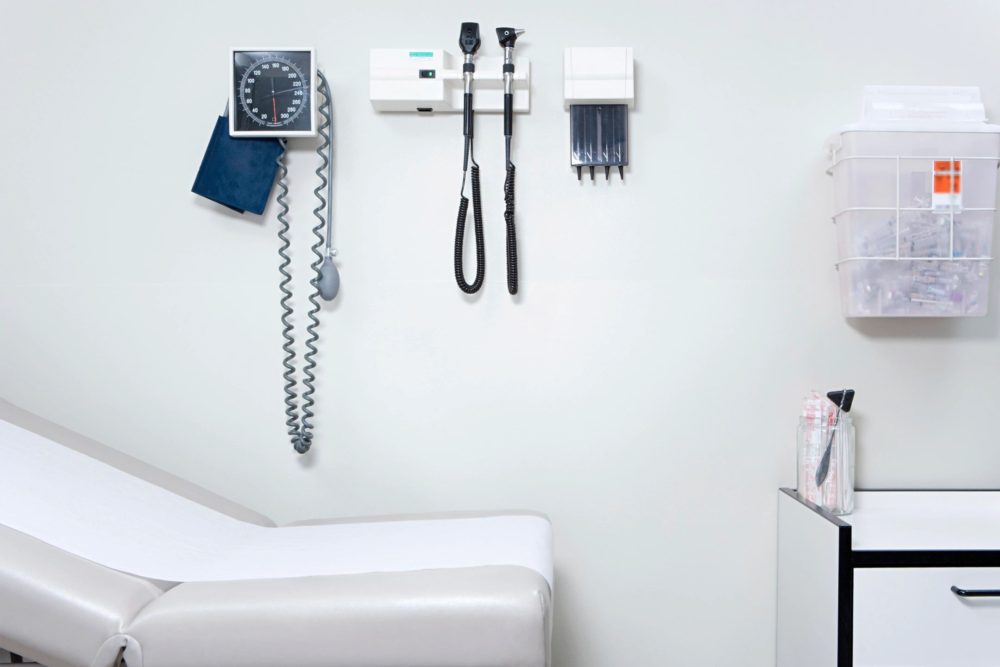4 Trends in the Medical Office Space We’re Watching
2019 has been a busy year for the medical industry. As CRE continues to evolve, the medical office space is also going through its own transformation.
In efforts to enhance availability and boost efficiency, the healthcare sector is transitioning into a new area of the commercial scene. Contemporary tenants, landlords, and developers are all racing to keep up with today’s changing consumer needs; and as a result, the medical office space is being revamped.
Let’s take a look at where the medical office market is today, and what trends to look out for during the remainder of 2019.
Energy Efficient Buildings
It’s no secret that medical buildings are huge consumers of energy. Due to the sprawling size of the properties, intense lighting needs, air and temperature control, and high-powered machinery; medical office spaces have traditionally been lacking in eco-efficiency.
However, that’s all beginning to change. As the world around us shifts to favor all things environmentally-friendly, CRE is also playing its role. Technological advancements are making it possible to build, run, and power medical office spaces without wasting resources.
Amongst other sustainable options, LED lighting, solar energy, living walls, architectural glass, and smart HVAC systems are key contributors to the medical industry’s green efforts.
Designs that Feel Like Home
Traditionally, medical buildings have felt cold, sterile, and unbearably institutional. This stereotype is being torn down during 2019, and we’re expecting new developments and redevelopments to begin reflecting this change. The antiseptic atmosphere of healthcare spaces doesn’t satisfy the needs of contemporary patients, so the medical office space needed to change up the approach.
Instead of being unwelcoming, today’s medical care areas are becoming more comfortable. Healthcare designs are shifting towards home-like spaces that make patients feel at ease, accepted, and welcomed.
Today’s office waiting rooms are furnished with large plush couches, entertainment systems, recliners, and living plants. Hospital rooms have opened windows, casual side tables, personal televisions, and more. It’s all in the details, and today’s medical spaces are meeting patients’ mental, emotional, and physical needs.
Tech-Driven Appointments
If you’ve visited a doctor’s office lately, you may have been surprised to be greeted by a largely tech-based check-in process. The immediate future will be full of innovative applications of technology, geared towards enhancing the patient experience, streamlining tasks, and increasing organization.
Check-in/check-out computer kiosks will be the new norm, helping to alleviate waiting room congestion and reduce waiting time. Staff will be using more tablets and personal computers, delivering greater accessibility and a seamless platform-to-platform connection. Offices will use intuitive AI software to streamline everyday tasks, analyze data, and deliver more personalized patient experiences. The future of medical offices is all about tech-driven efficiency and productivity.
Outpatient Care on the Rise
Outpatient care centers are set to be a big part of the next year. According to a study from Deloitte Insights, inpatient stays are declining while outpatient care is growing in popularity. As stated in the report, hospital inpatient stays have declined 6.6% over the past decade.
In order to meet the needs of today’s patients, small-scale specialized care centers are moving to commercial retail spaces. This brings them closer to patients, enhances accessibility, and helps out-of-facility patients conveniently receive the care and services they need.
What other medical office trends are you looking out for?


